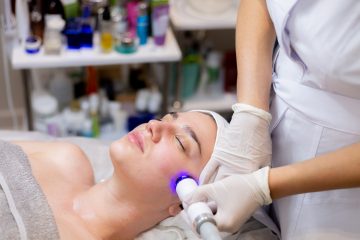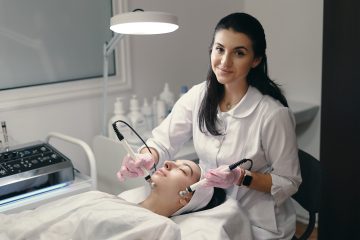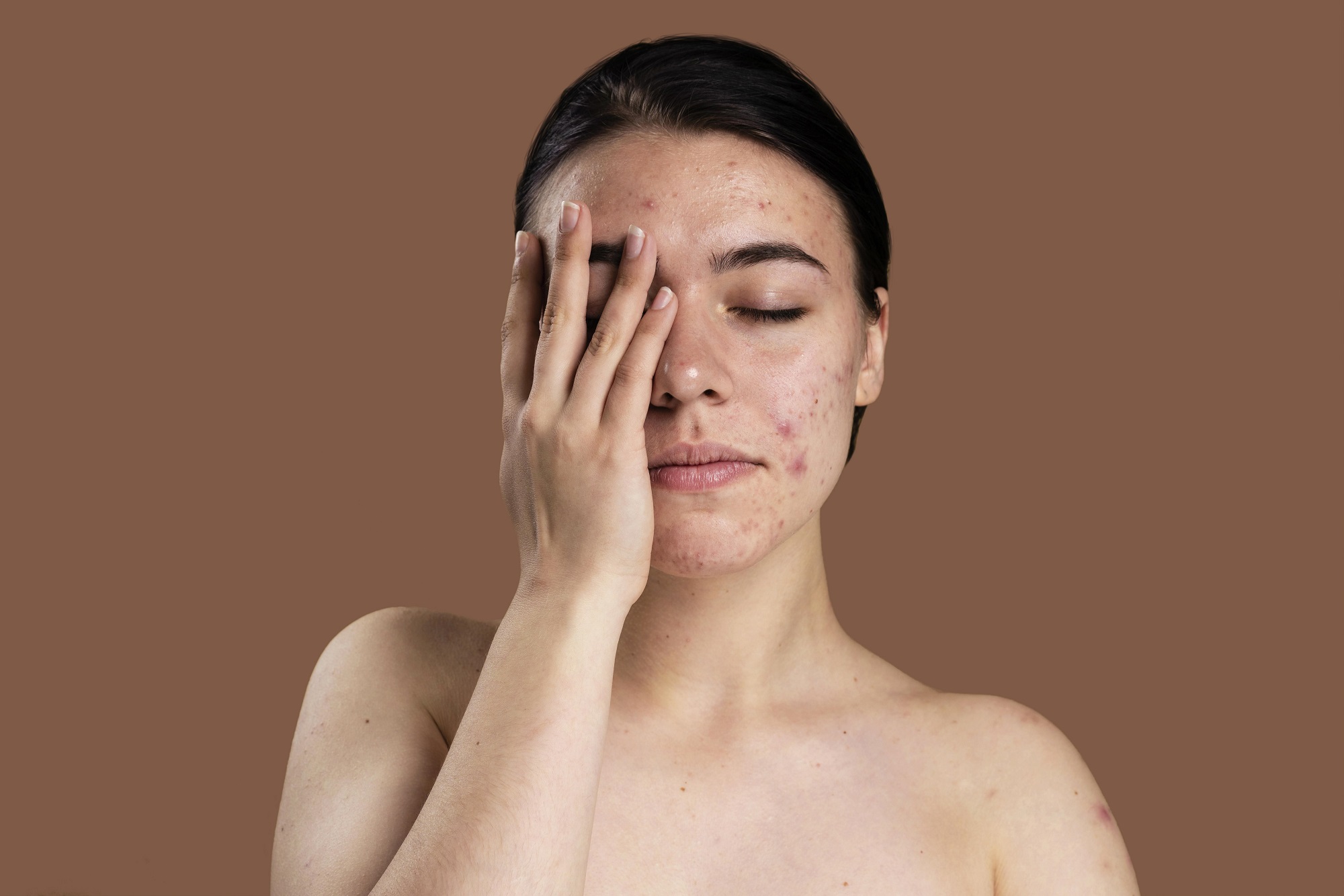Understanding Acne and Acne Scars
Acne is a common skin condition that affects people of all ages, though it is most prevalent during adolescence. It occurs when hair follicles become clogged with oil and dead skin cells, leading to pimples, blackheads, and cysts. Hormonal changes, genetics, and diet can contribute to its development.
Acne scars result from inflammation within the skin. When an acne pore swells, the pore wall can break down. Some scars are shallow and heal quickly, while others are deeper and more stubborn. These often appear as indentations or raised areas, potentially affecting self-esteem.
A variety of treatments exist to reduce active acne, prevent breakouts, and minimize the appearance of scars. Understanding the nature of acne and the types of scars it leaves behind can help in choosing the most suitable treatment.
The Science Behind Aesthetic Treatments

Aesthetic treatments for acne and acne scars leverage scientific principles to promote skin healing and rejuvenation. These treatments target underlying causes such as bacteria and excess sebum, while also enhancing the skin’s natural healing to reduce scarring.
Topical and procedural interventions work together to decrease inflammation and boost cellular turnover. Technologies like lasers, chemical peels, and microneedling stimulate collagen production, improving skin texture. Collagen is a vital protein that helps fill in scars and smooth the skin’s surface.
Advancements in skincare now allow acne treatments to be tailored to individual skin types and condition severity. Personalized plans ensure effective care suited to your specific needs. Understanding the science behind these treatments empowers you to make informed decisions about your skincare.
Popular Aesthetic Treatments for Acne
Several aesthetic treatments have proven effective in managing active acne. Below are some of the most popular options:
- Laser Therapy: This treatment uses focused light to reduce acne-causing bacteria and shrink sebaceous glands, decreasing oil production. It is particularly effective for individuals with moderate to severe acne.
- Chemical Peels: These treatments involve applying a chemical solution to the skin, which causes it to exfoliate and eventually peel off. The new, regenerated skin is usually smoother and less prone to acne.
- Microneedling: This procedure involves using tiny needles to create micro-injuries in the skin, which stimulates the body’s natural healing process. It helps reduce acne and promotes the formation of new collagen and elastin.
Each treatment has unique benefits and considerations. Consulting a dermatologist will help determine which option best suits your skin type and goals.
Comparing Treatments: Pros and Cons
When considering aesthetic treatments for acne and acne scars, it’s essential to weigh the pros and cons of each option. Here’s a comparison that may help:
| Treatment | Pros | Cons |
| Laser Therapy | Effective for severe acne; reduces oil | Can be expensive; may cause temporary redness |
| Chemical Peels | Improves skin texture; reduces acne | Possible irritation; multiple sessions needed |
| Microneedling | Stimulates collagen production; less downtime | May require multiple treatments for best results |
| Fractional Laser Resurfacing | Effective for deep scars; rejuvenates skin | Longer recovery; potential for pigmentation changes |
| Dermal Fillers | Immediate results; non-invasive | Temporary effects; risk of allergic reaction |
| Subcision | Effective for depressed scars | Invasive; potential for bruising |
Making an informed decision requires considering these factors along with your personal preferences and skin type.
What to Expect During Aesthetic Treatments
Undergoing aesthetic treatments can feel both exciting and a little nerve-wracking. Knowing what to expect can ease any concerns. These procedures are usually performed in a dermatologist’s office or specialized skincare clinic.
Before the treatment, your skin will be assessed to determine the most suitable approach. You may be advised to stop certain medications or skincare products beforehand to reduce the risk of side effects.
During the procedure, some discomfort is possible depending on the treatment, but numbing creams or local anesthesia are often used. Afterward, you might notice redness, swelling, or peeling, which typically subsides within a few days. Your provider will give you aftercare instructions to support healing and improve results.

Preparing for Your Treatment: Tips and Guidelines
Preparation is key to maximizing the benefits of your chosen aesthetic treatment. Here are some guidelines to follow:
- Consultation: Schedule a consultation with a qualified dermatologist or skincare specialist to discuss your goals and expectations.
- Pre-Treatment Skincare: Follow a gentle skincare routine leading up to the treatment. Avoid using products with harsh chemicals or exfoliants.
- Sun Protection: Use a broad-spectrum sunscreen daily, as sun exposure can hinder the healing process and exacerbate skin issues.
- Hydration: Ensure your skin is well-hydrated in the days leading up to the treatment, as hydrated skin responds better to aesthetic procedures.
Being well-prepared can contribute significantly to the success of your treatment and the longevity of your results.
Aftercare Maintaining Results Post-Treatment
Aftercare is crucial in maintaining the results of your aesthetic treatment and ensuring your skin heals properly. Here are some aftercare tips:
- Gentle Cleansing: Use a mild cleanser to wash your face, avoid facial scrubs or using hot water, which can irritate the skin.
- Moisturize: Keeping the skin moisturized aids in the healing process and helps maintain the treatment’s effects.
- Avoid Sun Exposure: Protect your skin from the sun by wearing a broad-spectrum sunscreen and avoiding direct sunlight.
- Follow-up Appointments: Attend any scheduled follow-up appointments to monitor your progress and address any concerns.
Proper aftercare can significantly enhance the longevity of your treatment results, leaving your skin looking healthy and rejuvenated.

Conclusion
Choosing the right aesthetic treatment for acne and acne scars can be a transformative decision. With many options available, it’s important to consider your unique skin needs, goals, and lifestyle. A consultation with a qualified dermatologist or skincare specialist can help you find the most effective, personalized solution.
Clear skin isn’t just about treatments — it also requires a consistent skincare routine and healthy lifestyle. Patience and consistency are essential. With the right approach, you can improve your skin and boost your confidence.
